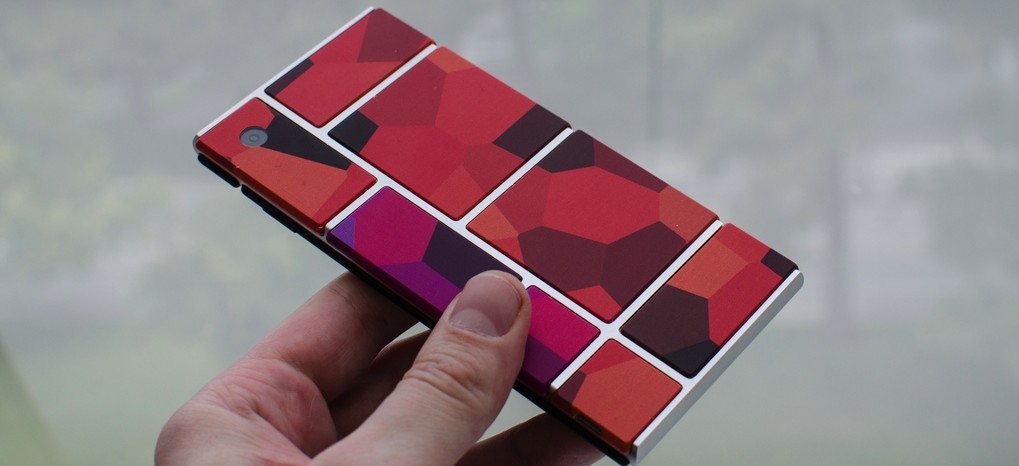
22 Apr Google’s Project Ara Wants You To Build Your Own Smartphone
Another brainchild conceived by Google’s Advanced Technology and Projects group (ATAP), not much was known about Project Ara technology until recently.
Although Project Ara was formally announced in October last year, it is only this week at the Project Ara Developer’s Conference that Google are diving into the nitty gritty details of the project.
Some of you are probably still wondering exactly what is Project Ara? Well, Project Ara is about creating a completely customisable, build-it-yourself smartphone. And we don’t mean just changing your wallpaper – with a Project Ara phone you can add or remove bluetooth functionality, front and rear cameras, an extra battery, wireless charging functionality, usb ports and more. Yes, Google are planning to release the first ever modular phone.
The concept of modularity in a computer isn’t really a new idea – open up your laptop or your desktop and you’ll see most of the parts are individually replaceable. However, building a modular device that is smaller than a human hand, with interchangeable features and specs is no mean feat.
Google announced the base model – The Gray Phone at the conference this week which is rumoured to only cost $50. It is the bare bones version of one of today’s smartphones, with only the most basic features. It’s even unlikely the Gray Phone will come with a screen. According to this article from Motorola (who are heavily involved in the project), the shell will come with a WiFi module and a battery and that’s it.
This idea of starting with a basic shell of a phone and adding pieces like a jigsaw puzzle might seem strange, but it could change the way we consume technology in a very positive way.
Project Ara will give users the ability to only pay for and add the features that you want in your phone. Why pay the exorbitant prices for a smartphone with a 15 megapixel camera when you only use your phone for calls and browsing the internet?
With Project Ara you don’t have to.
It also has the potential to extend the standard two year lifespan of a smartphone. Instead of buying an entirely new phone when a better screen is released, you can simply buy the screen and swap it for the old screen on your phone.
So how is it all going to work? Google’s ATAP will be producing the basic phone shell but it is opening the production of the modules up to third parties. Which is an amazing first. As TIME’s article about Project Ara described, “the idea of Project Ara is to allow even tiny companies with inventive ideas to make modules and market them to phone owners — a big shift from the current situation, in which a few large manufacturers crank out one-size-fits-all phones designed to please the masses.”
At the developer’s conference this week, Google plans to persuade several hardware producers to start developing modules for the Project Ara phone – essentially, Google are doing for hardware what the Android operating system has done for software.
According to Motorola, “this is perhaps the most exciting bit about Project Ara: No one, including Google, knows what modules might emerge. A fingerprint scanner, a blood sugar sensor for diabetics, a thermal imaging camera, a microcontroller or FPGA that allows you to directly control your homebrew electronics — really, anything is possible.”
There will be three shell sizes, mini, medium and jumbo – the largest size obviously offering the most module space. The modules will be able to be attached to the back and the front of the phone, which has raised questions about how sturdy the phone will be. According to Google, there will be an app on the phone that will control an electromagnetic locking system. The modules on the back of the phone will supposedly be locked into place when the electropermanent magnets are activated through the app. In terms of the front modules, they will be physically latched on to the shell.
The first models are rumoured to be released in January of next year but not to the developed world. Google first plans to roll out these phones first to developing nations where some folks can’t afford to fork out for the current style of high-tech smartphone that will be outdated in a couple of years.
In order for Project Ara to take off, the platform is going to require a lot of interest and enthusiasm from the third party module developers. But if it does take off, Google’s Project Ara could potentially change the face of the smartphone market forever.


